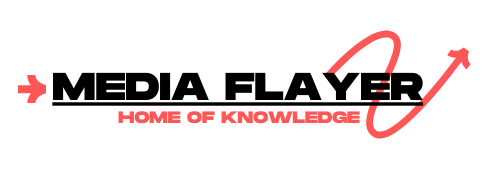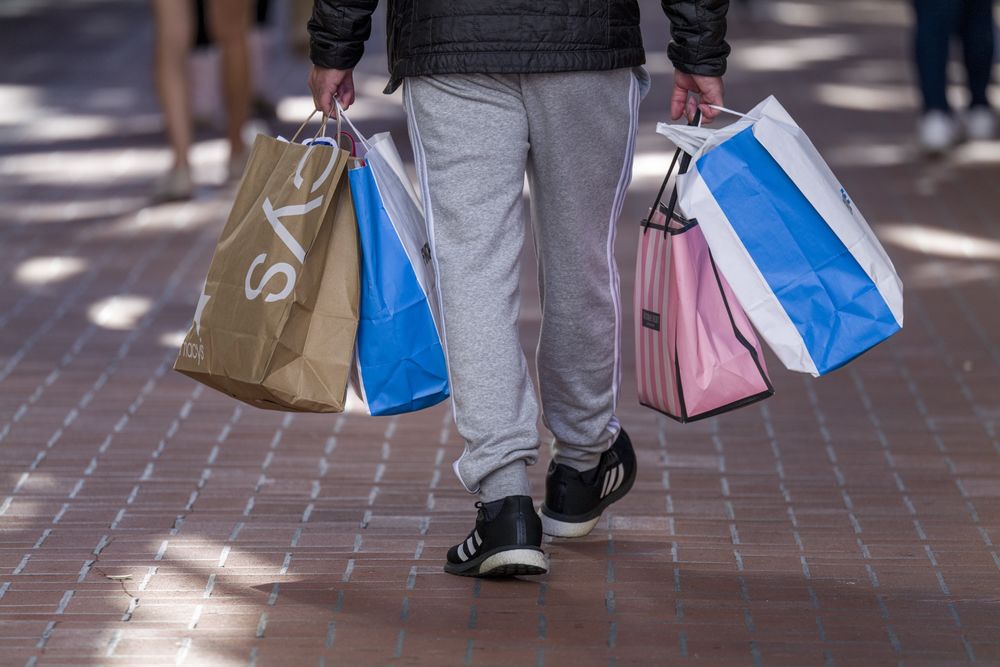Mastercard SpendingPulse has released their latest survey about consumer spending trends. Steve Sadove will be our guest. He is a Mastercard senior advisor, and he was the former chairman and CEO at Saks. It’s great to meet you, Steve. What did your survey reveal? What kind of holiday season can we expect to be?
STEVE SADO: I believe we will see a strong holiday season. We saw growth of 7% to 8% in the back-to school season. The expectation is that you will see growth of 7 to 1/2%-7.4% over the holiday season. This is a consumer who has the means. There is a lot of demand. They have money in their pocket. They’re willing to spend.
They’re also spending their money in different areas than they did during the pandemic. It was all about home at the beginning of the pandemic. Black & Decker was the company you were talking to. This was where a lot was spent. They are now shifting more of their spending to discretionary items such as apparel, experiences and dining out at restaurants. You can see some very positive growth in consumer spending. It’s all about self-shopping and early shopping, so it will be a great holiday season.
Steve, the one thing that leapt out at me in the survey– and I have some of the results right there– is jewelry expected to increase 52.9% by 2021 compared to 2019. In a postpandemic, where many people work from home, I wondered why jewelry would be needed. This one seems to make sense to you. It’s a beautiful piece of jewelry that I am sure is loved by the jewelers.
STEVE SADO: The jewelers love it. But they are. This is about self-expression and people getting out. Yesterday was Fashion Week in New York. The Met Gala was your event. You had the Met Gala. There is a lot to be proud of and a lot more fashion-forward little trends.
What you are seeing is that the consumer craves newness. They’re tired of being stuck in yoga pants at home. They want new jewelry. They are looking for new clothing. There’s also a new season.
This is a good sign for jewelry and the luxury sector. Stock market records are being broken. You can see that luxury and the stock markets have a high correlation. Each of these recovery sectors is performing extraordinarily well.
Steve – I must say that I am excited to return to a more “normal” lifestyle, but not as excited to ditch my yoga pants. Let’s now talk about supply chain issues, Steve. Stanley Black & Decker was the CEO we just spoke to. He mentioned some of these. Your perspective is that there were some questions about what this could mean for sales. Do you think it might hold back sales? Or if people should take action sooner than later? How do you feel about that?
STEVE SADO: I believe this will be an early holiday season. We are all aware of the shortages. It’s not going to happen. There won’t be enough clothing or toys. The reality is that most of the popular items, such as those in a key color, or those that are large, will sell quickly. You’ll see early demand.
There won’t be as much discounting. However, you will still see some discounting. You might find 25% to 30% discount on apparel. However, you won’t see the same heavy markdowns as in previous years. This will likely result in fewer items being available and decent margins for retailers as they will be selling more full-price.
The supply chain problems are real. Shipping delays are inevitable. There will be some air freighting and some ocean freighting depending on the product. From a consumer standpoint, they will get there early. Some of these categories will be in high demand.
– I noticed that the e-commerce sales, which you pointed out or the metrics that you pointed out, will increase by 57.3% in 2021 (I’m looking at 2019 versus 2021). I’m not trying to place you on the spot. If you can’t remember, how do you calculate the percentage of total retail ecommerce that will be captured after the holiday season? This is quite impressive.
STEVE SADO: Prepandemic e-commerce accounted for about 12% of total commerce. It now accounts for 18% of total commerce. This means that you have seen a 50% increase in e-commerce sales compared to the preandemic period. You’re likely to see an additional 7% to 8% increase in e-commerce sales this year, compared to last year. You’ll also see almost the same growth on the brick-and mortar side.
You can see a continuing strength in e-commerce, but also a recovery of people returning to the shops. This means that consumers want the full experience. The growth of department stores is one reason why I find it so impressive. The growth of department stores is higher than the 2019-pre pandemic levels. In many years, you haven’t seen department store growth. Part of that is getting back in the stores, into categories such as apparel.
So I would view it as e-commerce continues to be strong, but brick and mortar are also very strong. You’re actually seeing a combination of both. This omnichannel experience is what the consumer expects. Consumers want it to be available anywhere and anytime they need it. Direct-to-consumer brands have opened stores. E-commerce is becoming more accessible to stores. Both of these segments will continue to grow.



